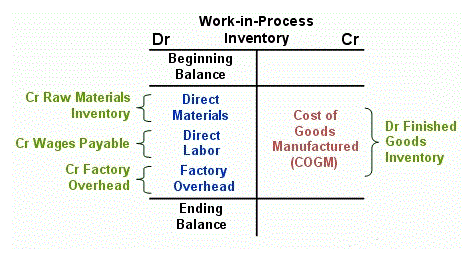
Most preference shares have a fixed dividend, while common stocks generally do not. Preferred stock shareholders also typically do not hold any voting rights, but common shareholders usually do. Consider a company is issuing a 7% preferred stock at a $1,000 par value. In turn, the investor would receive a $70 annual dividend, or $17.50 quarterly. Typically, this preferred stock will trade around its par value, behaving more similarly to a bond.
This means that if the issuing company decides not to pay a dividend for a specific period, the missed dividend is not carried forward or accumulated. The right to receive dividends is limited to the current period, and any unpaid dividends do not accumulate or carry forward to subsequent periods. Through an online broker or by contacting your personal broker at a full-service brokerage. Their dividends come from the company’s after-tax profits and are taxable to the shareholder (unless held in a tax-advantaged account).
Preferred Stock vs. Bonds
Once the shares have been exchanged, the shareholder gives up the benefit of a fixed dividend and cannot convert common shares back to preferred shares. Shares may also fall into the category of Participating Convertible Preferred (PCP) stock, which has additional benefits. Noncumulative describes a type of preferred stock that does not entitle investors to reap any missed dividends. By contrast, “cumulative” indicates a class of preferred stock that indeed entitles an investor to dividends that were missed. And it’s encouraging to see the vast majority of the total equity consists of common equity, which ranks junior to preferred equity.
On the upside, preferred stocks usually feature higher yields than common dividend stocks or bonds issued by the same firm. Their dividend payments also take priority over those attached to the company’s common stock dividends. If the company faces a cash crunch, common stock dividends get cut first. While non-cumulative preferred non cumulative preferred stock stockholders have a higher priority claim on the company’s assets than common stockholders, they are typically lower in priority compared to bondholders and other debt holders. The day-to-day implication of this claim is that preferred shares guarantee dividend payments at a fixed rate, while common shares have no such guarantee.
Who Benefits Most From Owning Preferred Stock?
This is due to certain tax advantages that are available to them but which are not available to individual investors. Because these institutions buy in bulk, preferred issues are a relatively simple way to raise large amounts of capital. Preferred stock is often compared to as bonds because both may offer recurring cash distributions.

Prior preferred stock refers to the order in which preferred stock is ranked when considered for prioritization for creditors or dividend awards. Though regular preferred stock and prior preferred stock both hold precedence over common stock, prior preferred stock refers to an earlier issuance of preferred stock that takes priority. For example, if a company can only financially afford to pay one tier of shares its dividend, it must start with its prior preferred stock issuance.
What are the advantages of non-cumulative preferred stock?
This investor will want to compare the rates offered on the bond and preferred stock. (2) The Corporation may redeem series of preferred stock on or after the redemption date, in whole or in part, at its option, at the applicable redemption price plus declared and unpaid dividends. Series B and Series L preferred stock do not have early redemption/call rights. Though preferred stock often has greater rights and claims to dividends, this type of investment often does not appreciate in value as much as common stock. In addition, preferred stock holders have little to no say in the operations of the company as they often forego voting capabilities. Preferred stock issuers tend to group near the upper and lower limits of the creditworthiness spectrum.
- In addition, preferred stock receives favorable tax treatment; therefore, institutional investors and large firms may be enticed to the investment due to its tax advantages.
- The term “noncumulative” describes a type of preferred stock that does not pay stockholders any unpaid or omitted dividends.
- This buyback period is basically a call feature that is commonplace in the bond market.
- (3) Ownership is held in the form of depositary shares each representing a 1/1000th interest in a share of preferred stock paying a quarterly cash dividend, if and when declared.
